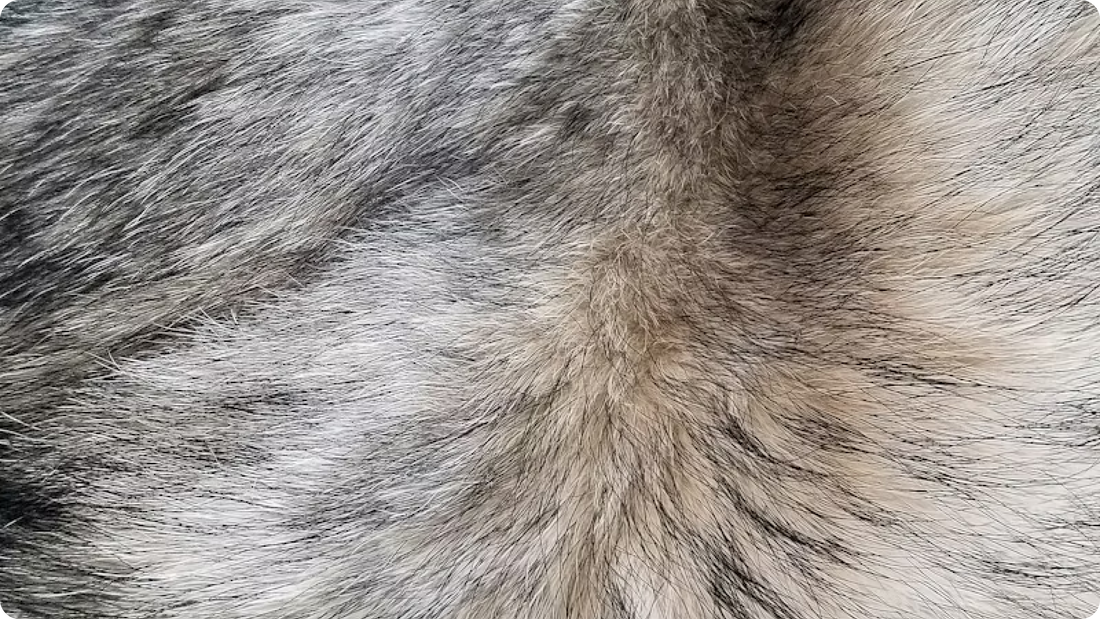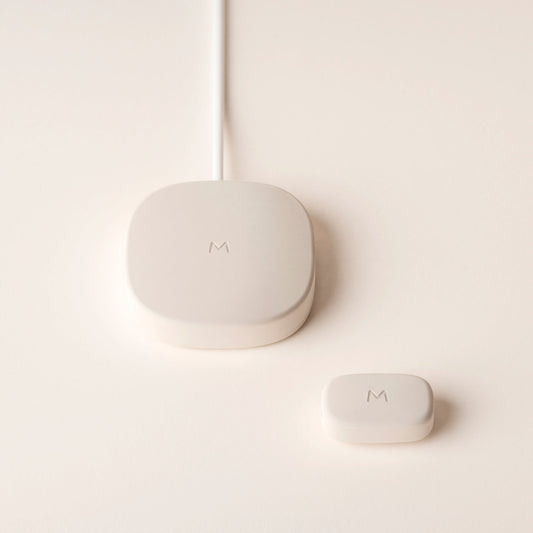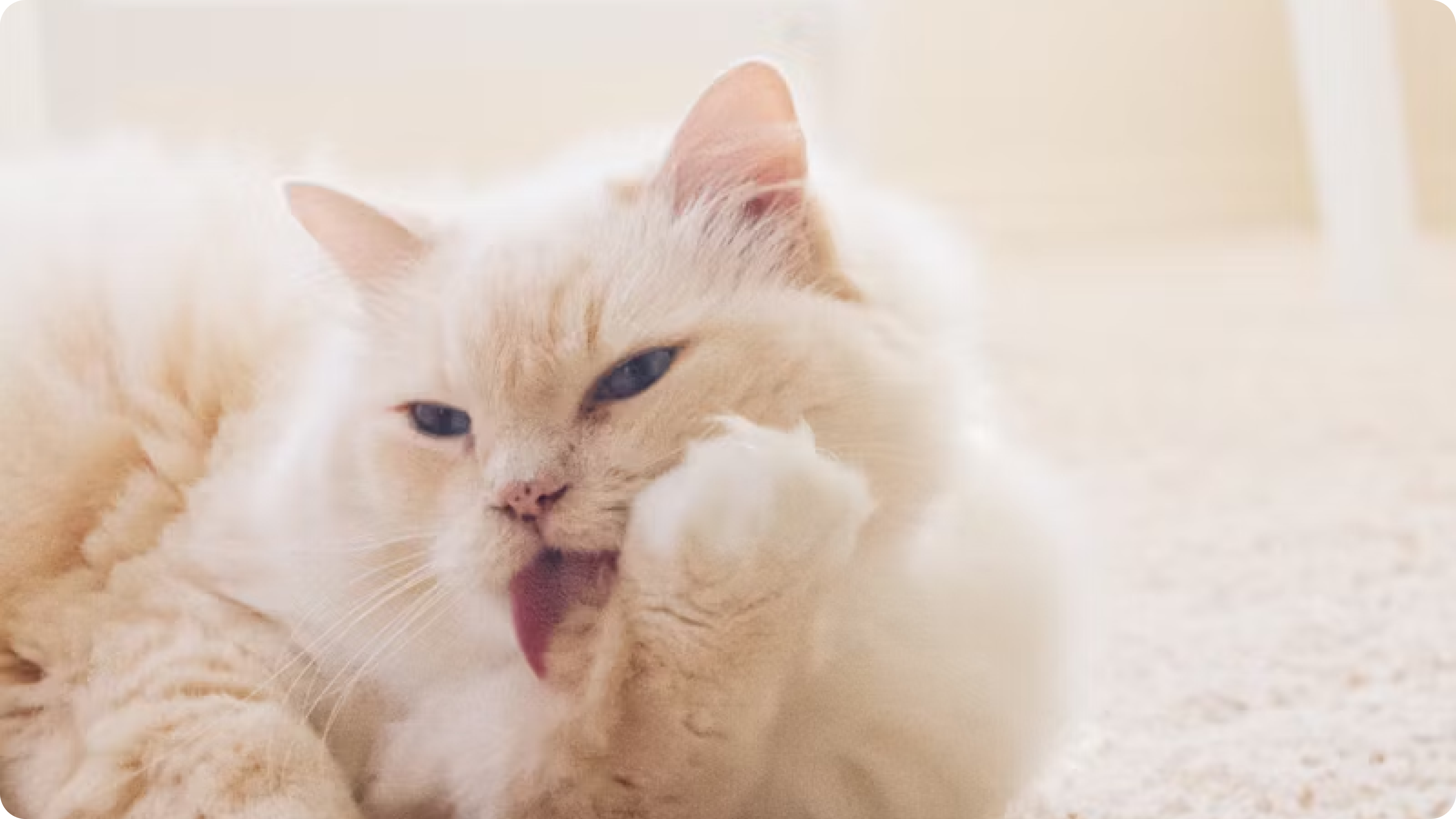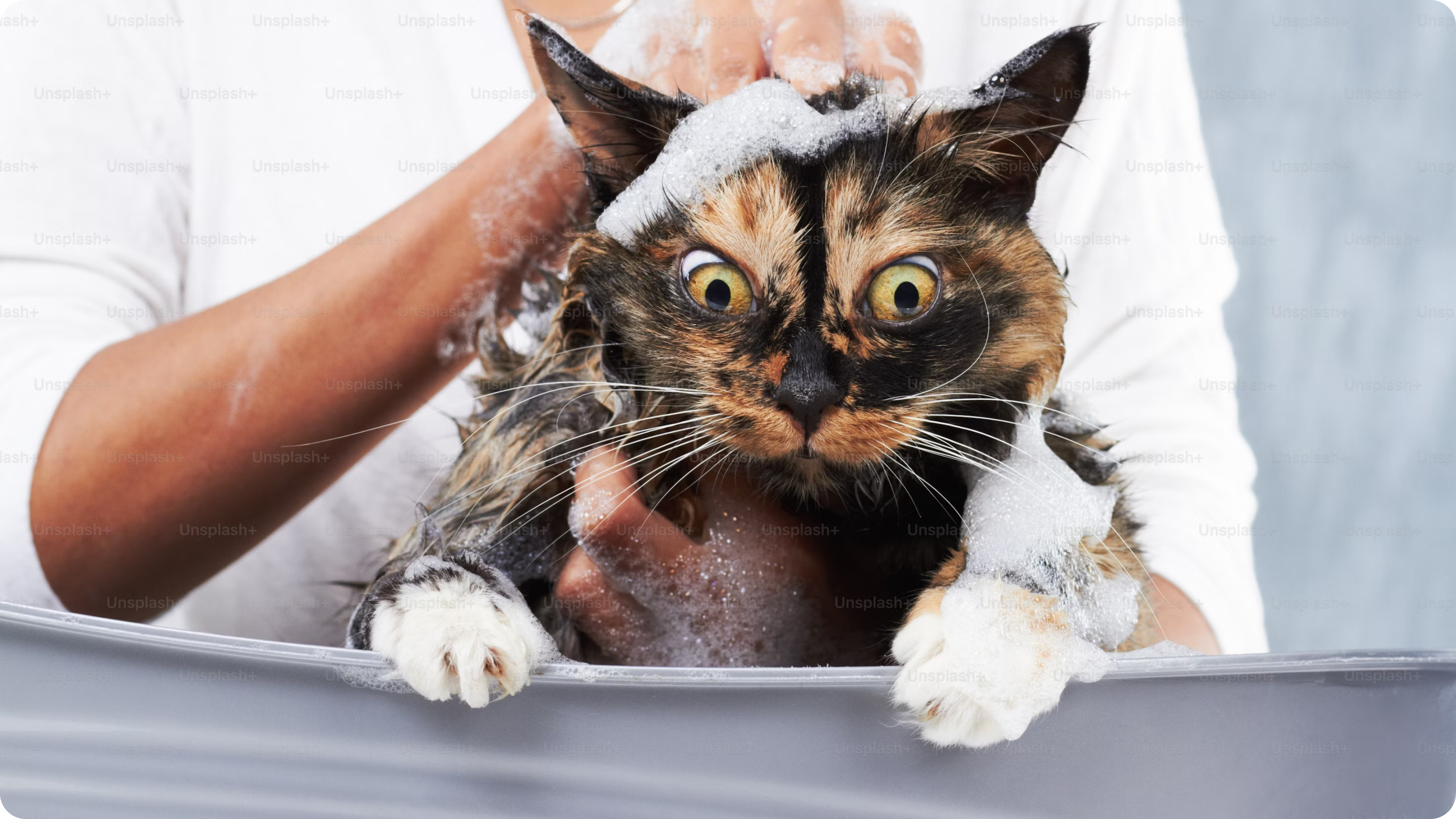If you’re a cat parent, chances are you’ve encountered hairballs at some point. While they’re not the most pleasant aspect of feline companionship, they are a common issue for many cats. Understanding what hairballs are, how to help your cat when they occur, and steps to prevent them can make a big difference in your cat’s comfort and health.
Hairballs: What They Are and How to Help Your Cat




